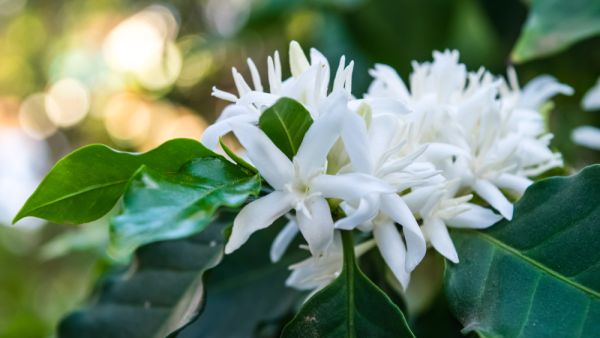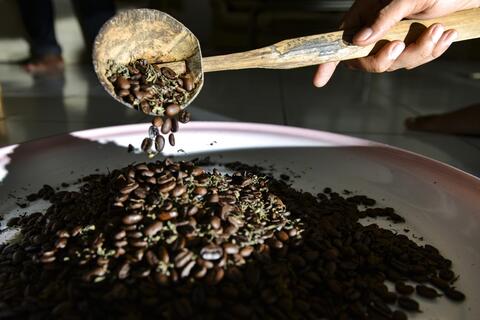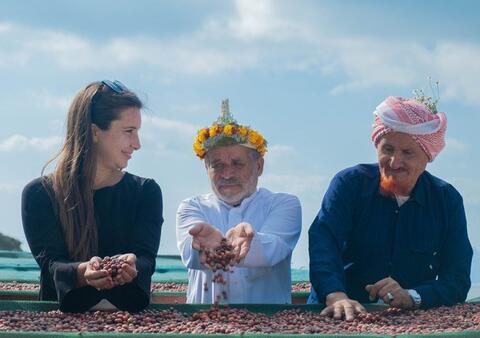Coffee farms in the mountainous governorates of the Jazan region were covered in white after the flowering of the coffee trees, exhibiting signs of abundant production during this year’s season.
Coffee production is an important economic sector in the region, and enjoys special care by the Kingdom’s leadership. It is part of the Jazan region’s heritage, and is a crucial source of income for the residents of the mountainous areas, which are the homeland of the Khawlani coffee beans, whose production has increased by 70 percent in recent years.
#Coffee farms in #Saudi Arabia's mountainous southern region of #Jazan were covered in white after the flowering of the coffee trees, exhibiting signs of bountiful harvest ahead https://t.co/eksYC97ay7 pic.twitter.com/B3QkR3Pezk
— Arab News (@arabnews) May 22, 2021
The Saudi Press Agency’s camera caught pictures of the agricultural terraces in Al-Dayer Bani Malik blossoming with white coffee flowers that have a wonderful smell among the magnificent backdrop of the mountainous landscapes.
The coffee tree flowering process begins in late March ahead of the rainy season. The process takes between three to four days.
The flowering process is completed and coffee beans are formed and enter a six-month period until being harvested. This is considered a crucial period, as the coffee trees need to be irrigated with rainfalls in a timely way, while receiving adequate care from the farmers.
A trip to Alhureisi’s coffee beans farm southern of Saudi ✨? pic.twitter.com/bADR0pg558
— The Saudi Gate (@TheSaudiGate) April 12, 2020
The flowering period is critical as it provides the farmers with an indicator about the volume of crops, according to the strength or weakness of the trees and the intensity of flowers on the branches, which entails further consideration by farmers, to ensure having abundant crops during harvest.
This article has been adapted from its original source.










